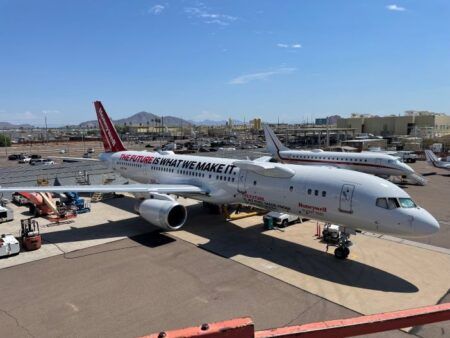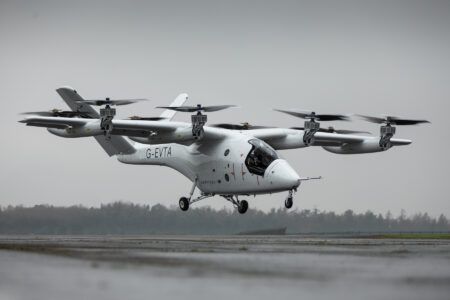Embry-Riddle Aeronautical University in Florida is expanding its Unmanned Aircraft Systems (UAS) Training Laboratory with new simulation technology and software.
The university is installing new simulation stations, equipped with the latest high-resolution graphics rendering software and an autonomous autopilot system for the aircraft to fly more independently within the virtual environment.
Billy Rose, UAS simulation and flight instructor for Embry-Riddle’s Daytona Beach Campus, said, “We will have realistic geographical data that will represent as close to the real world that we can provide. The technology is more representative of what is currently used in the industry. The students will have more advanced and automated features than what are used on actual unmanned aircraft.”
The simulators will use software developed by the Next-Generation Advanced Research (NEAR) Lab at Embry-Riddle and the Piccolo Command Center Interface Software, an autonomous autopilot system for flying UAS before the students train in the field with the program’s advanced unmanned aircraft.
The geographically accurate graphics rendered by the simulators will be produced by MetaVR’s Virtual Reality Scene Generator (VRSG). The software features a simulated UAS camera view, physics-based simulated sensor modes, environmental settings and high-resolution geospecific 3D terrain that contains replicas of areas of interest, such as several local airports with detailed models of runways, buildings, and other airport structures.
MetaVR visuals are used in the US Army’s UAS training simulators, as well as by the US Navy and US Air Force, making MetaVR one of the largest suppliers of commercial licensed 3D visualization software for UAS simulation training in the US military.
Students will also receive live flight training using new Penguin C UAS from UAV Factory. The Penguin C aircraft, which are being integrated into the UAS program and new curriculum next year, are long-endurance, long-range professional unmanned aircraft systems.
The runway-independent, fixed-wing Penguin C aircraft are capable of flight times in excess of 20 hours and able to operate at distances up to 60 miles (100km) beyond-visual-line-of-sight (BVLOS) from a two–person ground control station.
Michael E Wiggins, professor and aeronautical science department chair, said, “Operating these aircraft using industry standards of practice will allow us to educate our students using the highest levels of safety and professionalism expected by the industry.
“By blending advanced UAS simulation training with actual UAS flight operations, we are sending the best prepared graduates we can to enter the workforce with the skillset necessary to meet tomorrow’s needs.”





